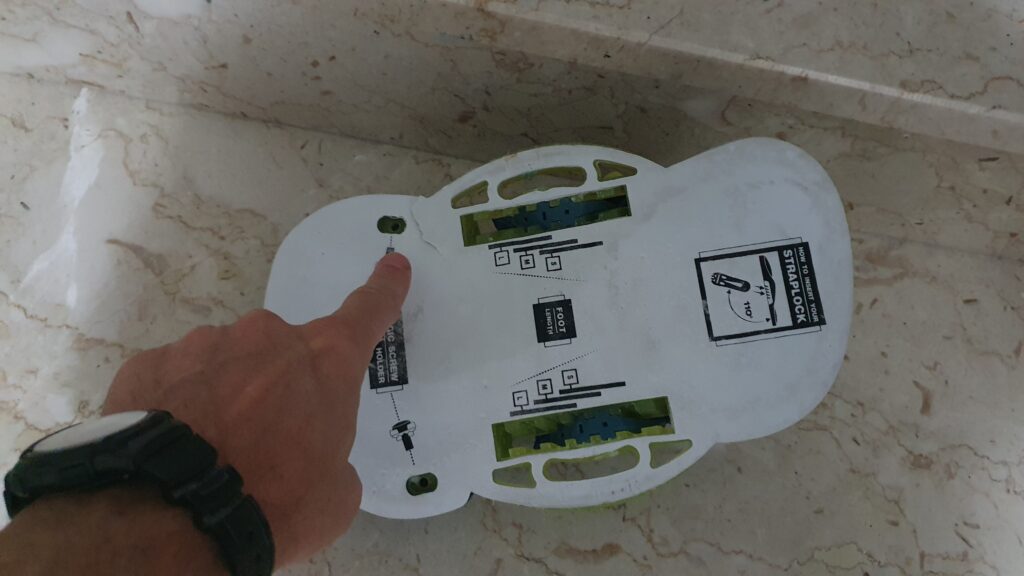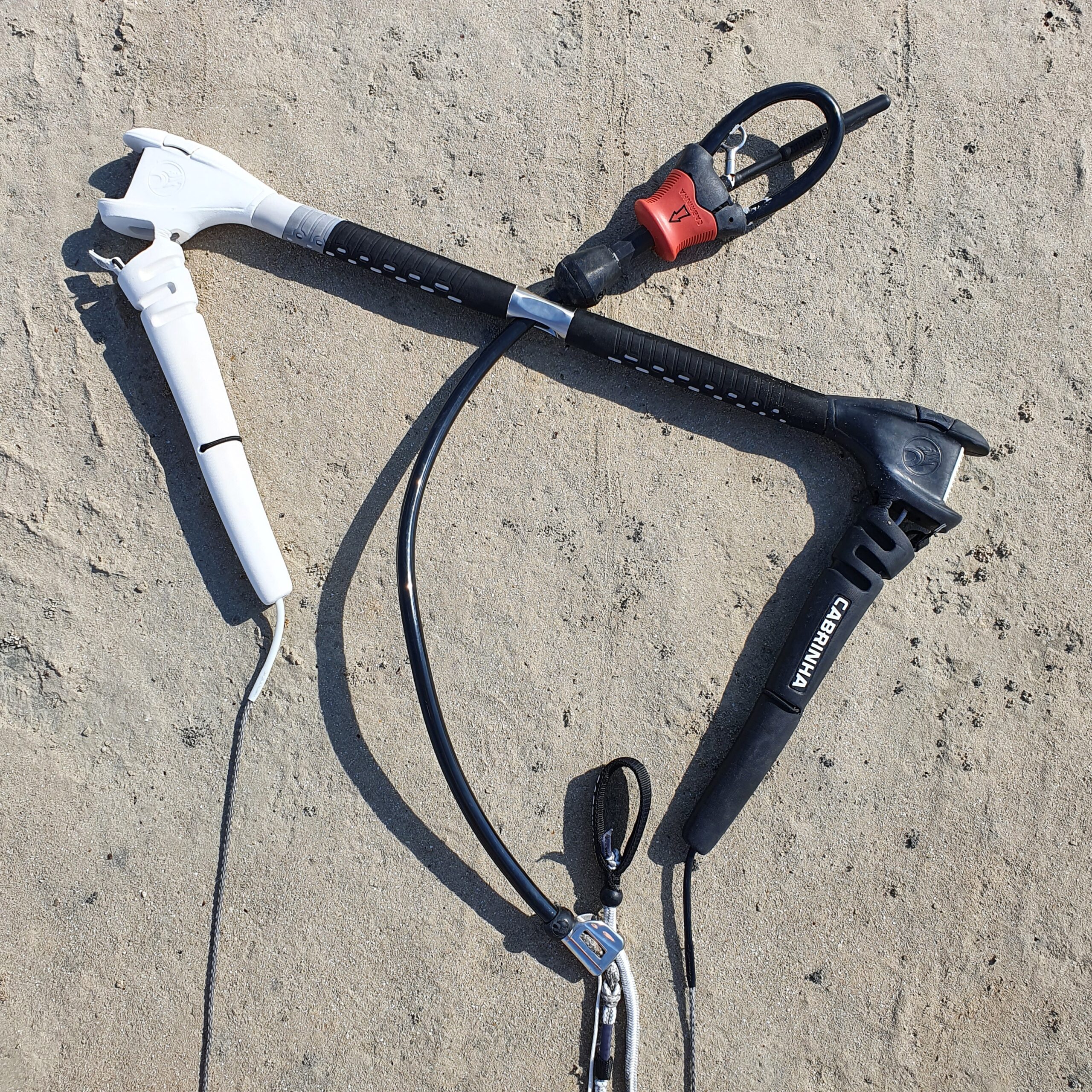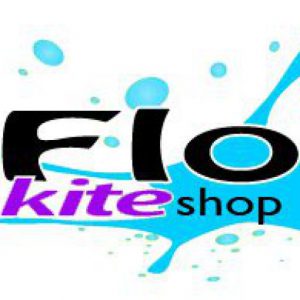During our first check we looked at the most important (and most subject to wear and tear) part, your kite. But it’s worth to keep a look at the rest of your quiver…
You rely on your board and your bar as much as your kite, so they deserve a quick check some time to time.
Checking bar and lines
Our first advise is to rinse regularly (after each session) your bar. Lines and trim system don’t like salt and Qatar highly salted waters doesn’t help…
A regular full check of the bar is also advisable. Two things to look at in priority:
- Tears and knots on lines: For tears, if any you will have to replace your lines. You must replace the full set (preferably) or at least the “pair” (either front or back lines). Lines are stretching with time and elasticity will not be same for new and used lines. While it looks ok to change a “pair” changing only one line could impact kite response and its behavior. For knots if you can manage to remove without the line it is fine, otherwise go with replacement. A knot will decrease your line resistance by up to 50%.
- The trim can also be subject to wear, particularly the rope which is blocked into the clam-cleat (if you have such system)


Other things to look at:
- safety system, worth to check if the system is working 100% and is not corroded.
- Although not common, some old bars made of aluminum can suffer oxidation and cracks.
Checking your board
Board are less subject to abnormal wear, still after a while… or couple of hard landings you may have some (bad) surprises:
If you’re pushing hard on your jumps, are a kiteloop addict… or just not keen to change pads and straps regularly give it a check some time to time for damages as shown on the picture below:

Scratches / damages on twin-tip: twin-tips are built in oven under high pressure load. They are quite resistant and unlikely to suffer water infiltration, scratches will not be a concern as far as they are not that “deep” inside the board. If they stop at the first layer it’s mainly an esthetic concern.
A broken ABS rail on the side is a different story, this will likely call for a board replacement, sooner or later.
Scratches / damages on surf board: surf boards are either made of fiber and / or wood. Both of those materials if in contact with water will absorb it like a sponge and inflate. This will be the end of your board by delamination. So make it dry and fix it before it’s too late!
Last (but not least): it is worth to thread-lock your fins and strap screws. You don’t want to loose one of them in the middle of a nice session in Fuwairit or Zeekret without any spare in your car.
How we can help? we fix boards and we have parts to fix bars – we do sell pads, straps and fins separately
For repairs, it’s HERE


